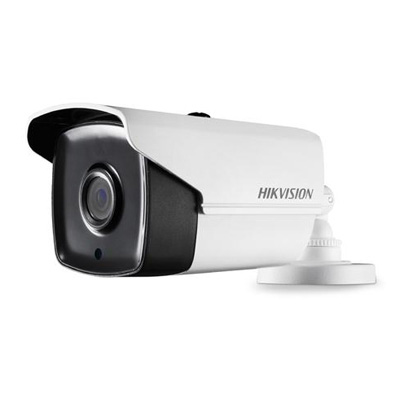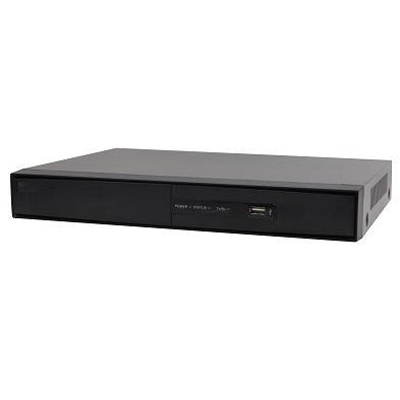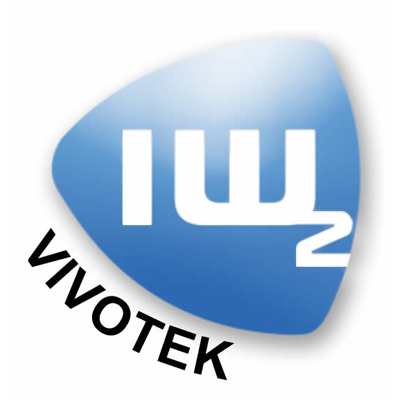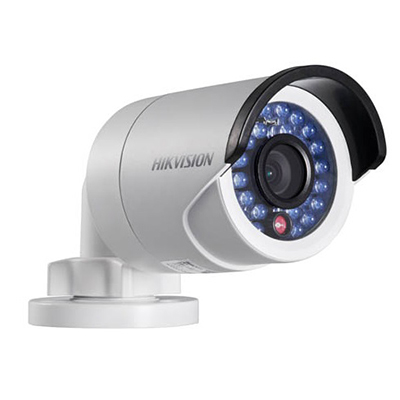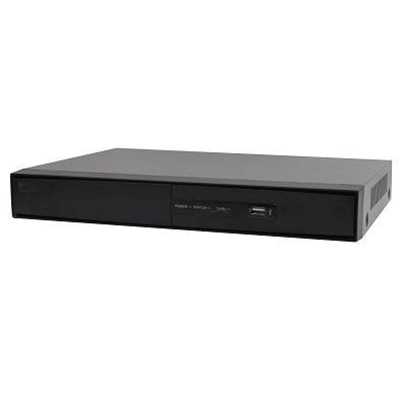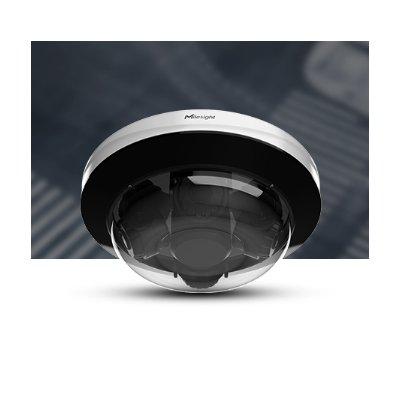Middle Atlantic Products recently announced expanded capabilities for its premier security enclosure line, the SNE Series. The new End Cable Chase is a full-height, slim enclosure option that optimises the space at the end of an enclosure bay by allowing additional devices to be mounted, including those that would otherwise reside on the wall. This enables the containment of all system components in one enclosure, which adds an additional level of security, frees up space on the wall, and reduces the amount of wiring necessary. The Internal Cable Duct securely and efficiently routes cables within 30"-wide SNE enclosures, ensuring signal performance and system reliability for mission-critical applications. With these new options, the SNE Series gives the security integrator the flexibility to build dependable and solid solutions to meet the specific requirements of IP, analogue and hybrid security systems.
"Middle Atlantic strives to design products that make the integrator's job easier, and the SNE Series was engineered with the security market in mind," said Jay Franetovich, Application Engineer at Middle Atlantic. "SNE Series Enclosures are the most strongly certified in the market, empowering security integrators to install reliable systems, whether they are working with digital, analogue, or hybrid components. These new options extend the platform's capabilities to be more inclusive of all potential security components in the room and enhance the reliability of the system."
End Cable Chase
Building on the SNE offering's seismic certification and raised-floor capabilities, the End Cable Chase gives integrators more space to integrate security components they traditionally could only mount on the wall, such as an alarm panel or access control equipment, as well as smaller devices. The End Cable Chase accommodates the series' signature split side panels to allow integrators easier access to equipment within. It ships preconfigured and incorporates Middle Atlantic's Lever Lock™ system, which facilitates cable management and small device mounting within the enclosure using unique tool-free cable management bars and accessory mounting plates. The top-mounted brush grommet panel provides a clean, organised cable entry method while maintaining critical thermal management to ensure all the components run smoothly.
Internal Cable Duct
The SNE Series Internal Cable Duct provides integrators with a cost-effective solution for protecting, routing, and organising data cables, patch cords, and power cords inside SNE Series enclosures. Featuring durable plastic cable fingers and a dual hinge front cover, the Internal Cable Duct cleanly routes cables exactly where needed, preventing signal failures due to pinched and bent cables. Integrators can patch cables on multiple levels within the enclosure without modifications or causing potential system compromises.








